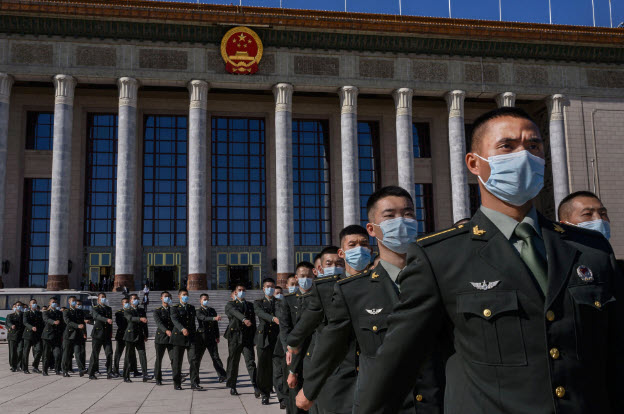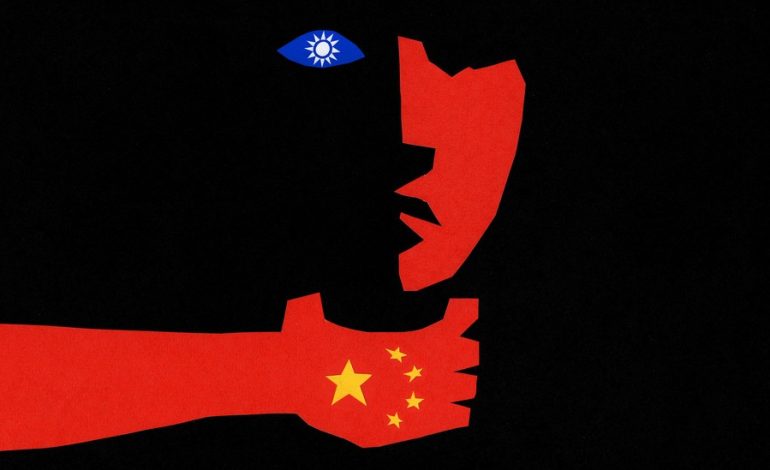
We Spent a Year Investigating What the Chinese Army Is Buying. Here’s What We Learned
by RYAN FEDASIUK
10 November 2021
Excerpts
Perhaps most importantly for U.S. policymakers, our investigation into the PLA’s buying habits shows how Chinese progress in military AI is being driven, in part, by access to American technology and capital. Our report highlights the critical role U.S. companies play in supplying China with data, software and funding. This points to serious shortcomings in the U.S. export control system, which wasn’t built to screen the high volume of technology transfer and capital flows into China, and which struggles to distinguish between military and civilian purchasers. Even as the United States attempts to decouple supply chains from China when it comes to American goods, it also needs to consider new strategies to prevent American know-how from inadvertently powering China’s technological advancements.
Our research also highlights that U.S. companies are inadvertently powering Chinese military advances in AI. The overwhelming majority of advanced computer chips at the heart of China’s military AI systems are designed by U.S. firms like Intel, NVIDIA and Xilinx, and manufactured in Taiwan. We found that suppliers actually depicted NVIDIA-branded processors in photos of their products, providing clear evidence of the role U.S. technology plays in powering China’s advances. One company, which won a contract to supply chips for the PLA Strategic Support Force, even bought the domain “nvidiagpu.com.”
The interdependence between the United States and China has been well-documented, but our report provides one of the clearest illustrations yet of how loopholes and shortfalls in the export control system are enabling the outflow of U.S. technical know-how to the PLA. Among the 273 AI equipment suppliers identified in the study, less than 8 percent are found on the Commerce Department’s Entity List of individuals and organizations subject to U.S. government licensing requirements. The overwhelming majority of PLA suppliers are also not blacklisted by either the Treasury Department or the Defense Department.


